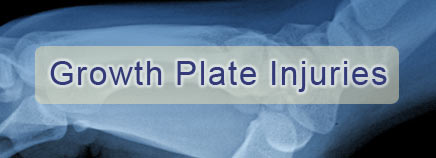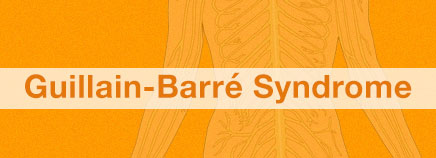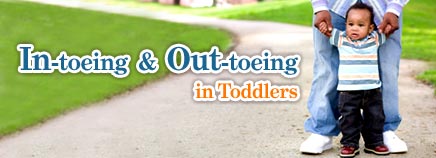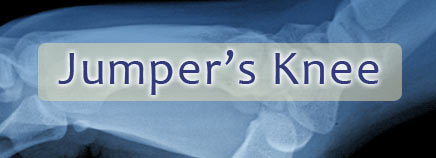There’s been a lot of discussion over the years about the proper way to refer to someone with dwarfism. Many people who have the condition prefer the term “little person” or “person of short stature.” For some, “dwarf” is acceptable. For most, “midget” definitely is not. But here’s an idea …
Fibromyalgia
There’s a lot of disagreement among doctors when it comes to fibromyalgia. Theories differ as to what causes it and how best to treat it. There’s even disagreement about what to call it — some call it a syndrome, others a disorder, still others a chronic condition. Whatever you label …
Frequently Asked Questions About Casts
Kids who need a cast often have plenty of questions. Here are answers to some frequent inquiries about casts. What are the different kinds of casts? A cast, which keeps a bone from moving so it can heal, is essentially a big bandage that has two layers — a soft …
Growth Plate Injuries
Growth plates are the areas of growing tissue near the ends of the long bones in the legs and arms in kids and adolescents. Also called a physis or epiphyseal plate, a growth plate produces new bone tissue. An injured growth plate might not do its job properly, which can lead to crooked or misshapen bones, …
Guillain-Barré Syndrome
Guillain-Barré syndrome (GBS) is a rare medical condition that affects the nerves outside the brain and spinal cord. Guillain-Barré (GHEE-yan bah-RAY) syndrome often causes people to have weakness or even paralysis in parts of the body. Most people who get Guillain-Barré syndrome recover and return to their normal lives and …
In-toeing & Out-toeing in Toddlers
Whether your baby rises from a crawl with a shaky first step or a full-on sprint across the living room, chances are you’ll be on the edge of your seat. But remember — a child’s first steps usually aren’t picture perfect. Learning to walk takes time and practice, and it’s …
Infant Torticollis
Torticollis, or wryneck, literally means “twisted neck” in Latin. You may have woken up with torticollis after an uncomfortable night of sleep. In newborns, torticollis can happen due to positioning in the womb or after a difficult childbirth. This is called infant torticollis or congenital muscular torticollis. It can be …
Jumper’s Knee (Patellar Tendonitis)
Jumper’s knee — also known as patellar tendonitis or patellar tendinopathy — is an inflammation or injury of the patellar tendon, the cord-like tissue that joins the patella (kneecap) to the tibia (shin bone). Jumper’s knee is an overuse injury (when repeated movements cause tissue damage or irritation to a …
Knee Injuries
No parent wants to see their sports-loving child sitting on the sidelines, but knee injuries put thousands of young athletes on the bench every year. It’s not unusual for kids to fracture, sprain, strain, or dislocate the knee joint while playing on the field or just goofing around with friends. …
Kyphosis
Everyone’s spine is slightly rounded as it runs up the back. The thoracic vertebrae, which are attached to the ribs, usually round forward at a gentle angle that everybody has, about 20-40 degrees. If this angle is too pronounced, more than 50 degrees or so, it’s called kyphosis (also known …










